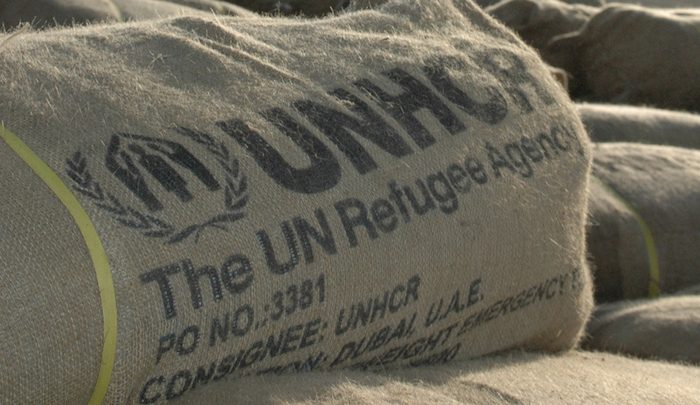
A major topic in many IR courses is the perspective taken by Martha Finnemore and Michael Barnett on international organizations as bureaucracies. The argument is that international organizations gain considerable power by classifying the world, and establishing new categories of actors and actions: “An elementary feature of bureaucracies is that they classify and organize information and knowledge. This classification process is bound up with power.” (Barnett and Finnemore 1999, p. 710) Moreover, international organizations may invent new concepts and ideas, and fill them with meaning, e.g. defining what “development” or “security” is.
However, it is often not easy to communicate the relevance of this idea to students, because in academia, students learn that definitions are there to precisely delimit one´s theoretical concepts. A definition of “international regimes” is necessary and useful to differentiate regimes from other phenomena of international politics. But arguing over a definition of “international regime” does seldom have immediate real-life consequences.
In contrast, definitions used by international organizations have – sometimes enormous – real-life consequences. A way to clearly demonstrate the importance of this idea is to have students browse the UNHCR field manual on emergencies, or the UNHCR standards and indicators guide. Both show how many definitions it takes to transform lofty political proclamations into street-level bureaucratic actions. You could, for example, have students find out:
- What is malnutrition? What do you do if you detect malnutrition?
- How do you know a repratriation is voluntary?
- What is an ex-combatant?
- How many footballs do you need for a refugee camp?
- What are older persons with special needs?
- What is a functioning primary health care centre?
- How do you registrate unaccompanied minors? And what is an unaccompanied minor?
…and so on. Analyzing these field manuals will give students insights in the administrative work needed to implement international commitments, and illustrate the arguments made by Finnemore and Barnett about the power inherent in definitions and categories. What happens if we raise the bar for “older persons” to 65? What happens if we lower the bar for malnutrition? The important point to keep in mind is that these are inherently political decisions. There is no “natural” or “objective” way to define an ex-combatant. And each definition has its normative consequences: Do we deprive people in need of help because they are 59 years and not 61 years old?
In sum, thinking about these definitions will help students appreciate the Finnemore/Barnett argument about the power of categories and definitions. Moreover, it may prepare students for a task that is prevalent in many jobs. Only few of our students will pursue an academic career, in which it is helpful to discuss the definition of “international regimes”. But presumably, many students will in their future careers either have to apply bureaucratic definitions, or have to come up with new definitions to make complex problems manageable. Thus, it can only be a good thing if they have learned about the power inherent in definitions, and can reflect on the normative problems arising from these definitions.
Further Reading on E-International Relations
- Teaching International Relations as a Liberal Art
- Working with and Supporting Teaching Assistants
- Teaching and Learning Professional Skills Through Simulations
- Let’s Talk: Transformative Leadership and International Relations
- Technologies of Truth and the LGBTI+ Asylum Reality
- The Evolution of International Relations in France